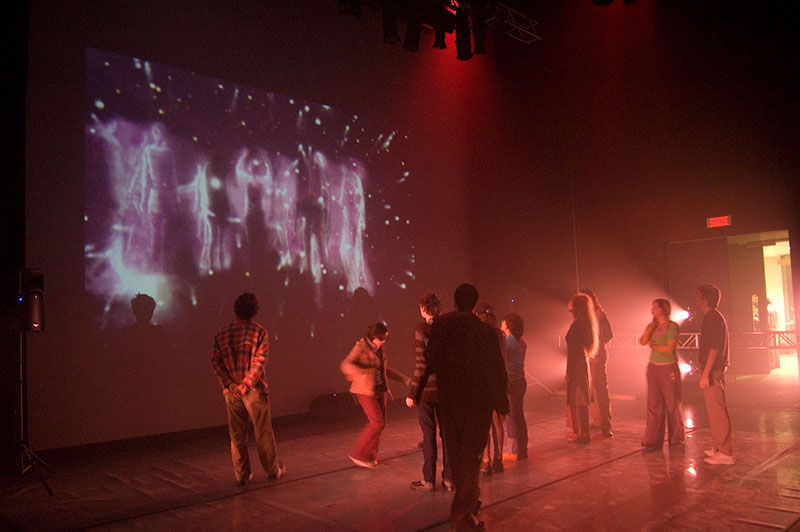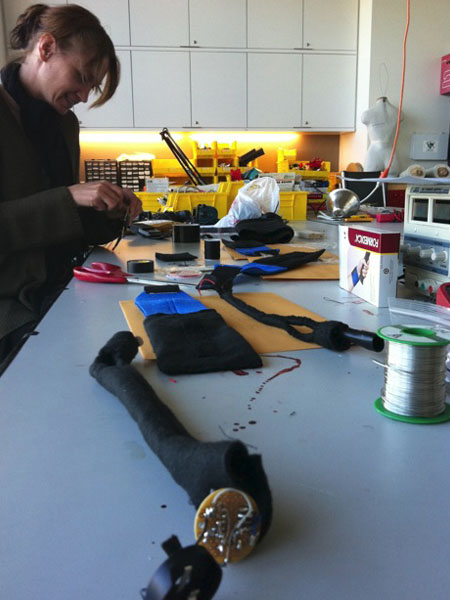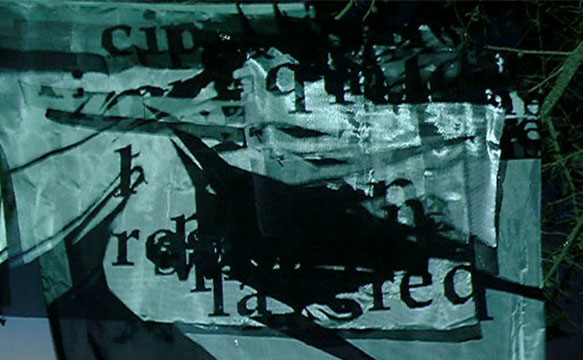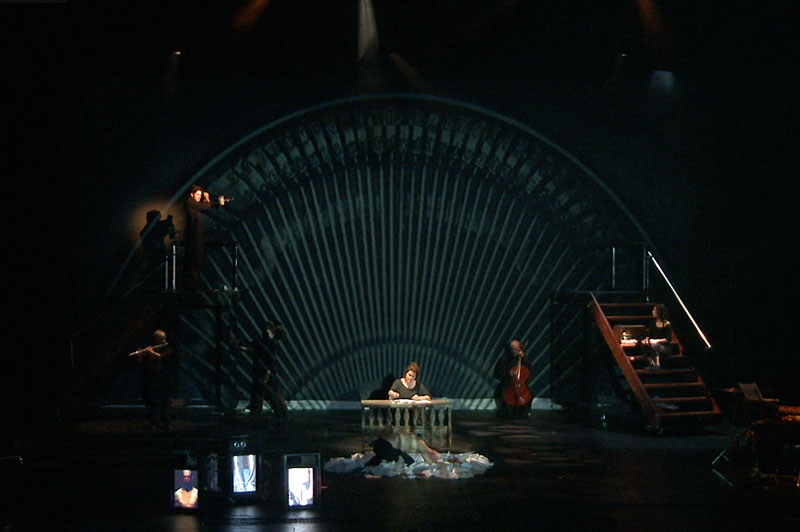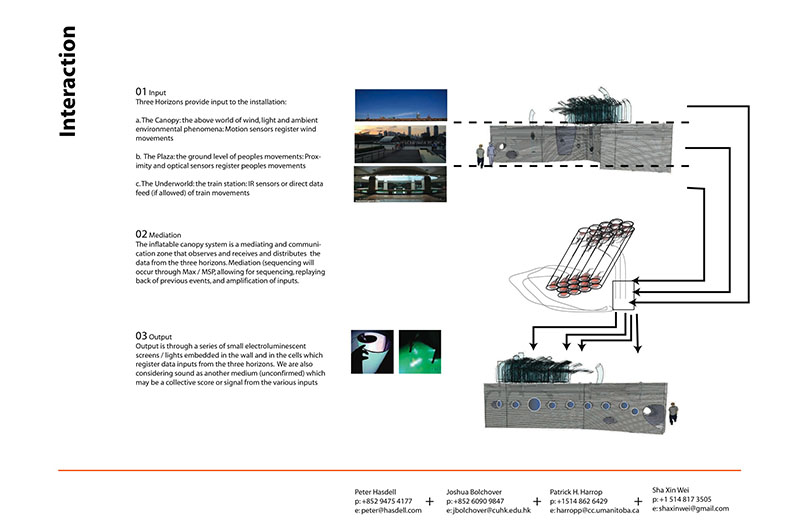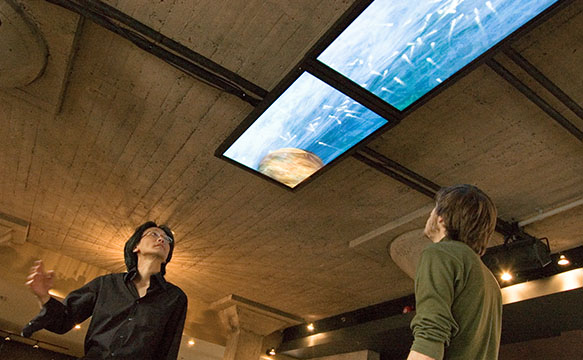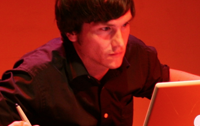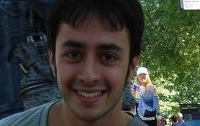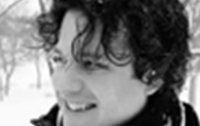Banting Post-doctoral Fellow, Topological Media Lab 2013-2015
Doug Van Nort is an experimental musician and researcher whose work is dedicated to the creation of immersive and visceral sonic experiences, and to personal and collective creative expression through composition, free improvisation and generally electro-acoustic means of production. His instruments are custom-built systems that draw on concepts ranging from spectral analysis/synthesis to artificial life and machine listening algorithms, and his source materials include any and all sounds discovered through attentive listening to the world.
Dr. van Nort’s Ph.D. 2010 from McGill University concerned, Modular and Adaptive Control of Sound Processing. He worked with Prof. Marcelo Wanderley’s Input Devices and Music Interaction Laboratory (IDMIL), a lab affiliated with McGill University’s Centre for Interdisciplinary Research in Music Media and Technology (CIRMMT).
Van Nort’s work, presented internationally, has recently spanned telematic music, laptop
ensemble compositions driven by evolutionary “human algorithms”, improvisations in various acoustic/electronic settings, multi-channel electroacoustic pieces, sonic installations and various idiosyncratic algorithms related to machine improvisation and interactive sound sculpting.Van Nort often performs with his custom GREIS software designed for on-the-fly spectral and textural sound transformations. He is a member of the trio Triple Point with Pauline Oliveros and Jonas Braasch, where his focus lies in improvised transformation of the sounds arising from his acoustic partners. This group also collaborates through research and teaching, and in this context Van Nort has been actively designing and creating an intelligent system (named FILTER) for improvisation, currently as research associate in music at Rensselaer Polytechnic Institute.A discussion of Triple Point, GREIS and this intelligent systems work, of which he was primary author, was acknowledged with the “best paper award” at the 2010 International Computer Music Conference. Recordings of Van Nort’s music can be found on Deep Listening, Pogus and Zeromoon among other experimental music labels, and his writing has recently appeared in Organised Sound and the Leonardo Music Journal. He has performed at venues ranging from the [sat] and Casa del Popolo in Montreal, Casa da Musica in Porto, Betong in Oslo, The Red Room in Baltimore, The Guelph Jazz Festival, Roulette, Harvestworks, the Miller Theatre, Issue Project Room and the Stone in NYC, at Town Hall (NYC) on intonarumori as part of the Performa futurist biennial, and at EMPAC in Troy, NY. His compositional work has been featured in contexts as disparate as the International Conference on Auditory Display (ICAD) and New Interfaces for Musical Expression
(NIME) to the Flea theatre’s “music with a view” series and the NYC electroacoustic music festival at Elebash Hall. Collaboration has been an important thread of recent work, including Oliveros, Braasch, Francisco López, Al Margolis (aka if, bwana), Stuart Dempster, Chris Chafe, KathyKennedy, Ben Miller, Anne Bourne, Judy Dunaway, the Composers Inside Electronics and many others. Van Nort holds a Ph.D. in Music Technology from McGill University, an M.F.A. in Electronic Arts from Rensselaer Polytechnic Institute and an M.A. and B.A. in Pure Mathematics from the State University of New York (Potsdam) including studies in Electronic Composition at the Crane School of Music.
Affiliation
Research Associate
Electronic Arts and Architectural Acoustics
Rensselaer Polytechnic Institute
Link
Doug Van Nort

